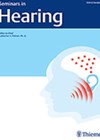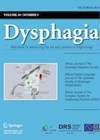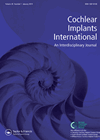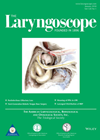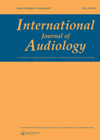
Journal Reviews
It is all so COSI…
Something which we have realised for a long time in the UK is the importance of the clinician in the assessment and long-term adoption of hearing aids. This common sense article outlines the need for more individualised patient pathways, thinking...
Sarcopenia and dysphagia in older community-dwelling adults
The prevalence of dysphagia in community-dwelling older adults is reported to be around 15%. Outside of common neurological causes such as stroke, Parkinson’s disease and dementia, recent studies have suggested that sarcopenia may be an independent risk factor for the...
Cognition outcomes after cochlear implantation – is there an improvement?
Older adults with a severe to profound hearing loss are more at risk of cognitive decline than adults of a similar age with milder losses or normal hearing. This poses challenges, not only in the assessment process, but also for...
What is balloon eustachian tuboplasty (BET)?
Eustachian tube dysfunction (ETD) is the result of a combination of factors that interfere with the mucosal functional or cartilaginous structures. Failure to open the eustachian tubes can cause aural pain, pressure in the ears, muffled hearing, crackling/popping sounds in...
Tinnitus and leisure noise
Tinnitus attracts large interest among researchers all over the world due to its negative psychological side-effects. Researchers from the National Acoustic Laboratory (NAL) tested life-time noise exposure and its influence on the tinnitus experience in 1435 young Australians from various...

